In today’s fast-paced e-commerce landscape, effective communication during shipping is crucial for customer satisfaction and business success. Let’s explore the top 6 best practices for communication during shipping in 2024 that will set your business apart.
1. Implement Real-Time Order Tracking Systems
Real-time order tracking has become a non-negotiable feature for modern e-commerce businesses. By providing customers with up-to-the-minute information about their shipments, you can significantly reduce “Where Is My Order?” (WISMO) calls and enhance overall customer satisfaction.
Real-time tracking goes beyond simple package location updates. It offers customers a comprehensive view of their order’s journey, from the moment it leaves the warehouse to its arrival at their doorstep. This level of transparency not only reduces anxiety but also builds trust between the customer and your brand.
Advanced tracking systems can provide estimated delivery times, potential delays, and even weather-related information that might affect shipping. By integrating this data, customers can better plan for their package’s arrival, reducing missed deliveries and improving the overall experience.
Key benefits of real-time tracking:
- Reduces WISMO calls by 70-95%
- Improves customer trust and loyalty
- Provides transparency throughout the shipping process
- Enhances the overall customer experience
- Allows for better resource allocation in customer service departments
Implementing a robust shipment tracking software can help you achieve these benefits and more. Look for solutions that offer seamless integration with your existing e-commerce platform and provide user-friendly interfaces for both your team and your customers.
2. Utilize Customizable Delivery Notifications
Proactive communication is key to managing customer expectations. Customizable delivery notifications keep your customers informed at every stage of the shipping process, reducing anxiety and improving overall satisfaction.
These notifications go beyond simple “Your package has shipped” messages. They can include detailed information about the package’s current location, estimated delivery time, and even suggestions for what to do if the customer won’t be available to receive the package.
Customization allows you to tailor these messages to your brand voice and the specific needs of your customers. For instance, if you’re shipping perishable goods, you might include storage instructions in your delivery notification.
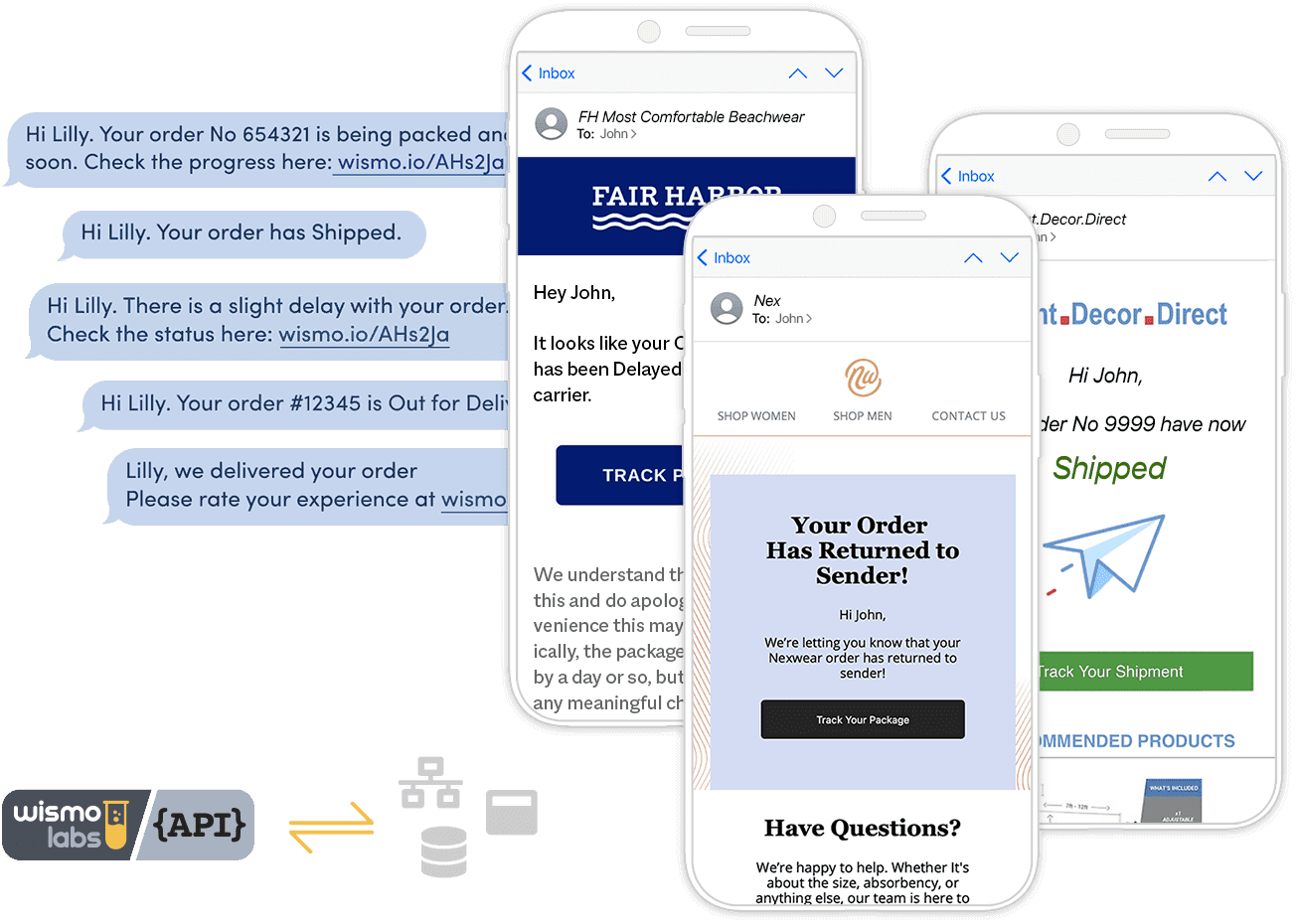
Benefits of customizable notifications:
- Automated alerts via email and SMS
- Proactive updates on potential shipping issues
- Personalized communication to enhance customer experience
- Reduced customer service inquiries
- Increased customer engagement and satisfaction
By setting the right expectations through timely notifications, you can significantly improve customer satisfaction and reduce support inquiries. Consider implementing a system that allows customers to choose their preferred notification method and frequency, further personalizing their experience.
3. Leverage Data Analytics for Informed Decision-Making
Data-driven insights are crucial for optimizing your shipping processes and improving overall efficiency. By leveraging analytics, you can make informed decisions that positively impact your bottom line and enhance customer satisfaction.
Advanced analytics can help you identify trends in shipping delays, optimize routes, and even predict potential issues before they occur. This proactive approach allows you to address problems swiftly, minimizing their impact on customer experience.
Moreover, data analytics can provide valuable insights into customer behavior, helping you tailor your shipping options and communication strategies to better meet their needs. For instance, you might discover that certain customer segments prefer faster shipping options and are willing to pay a premium for them.
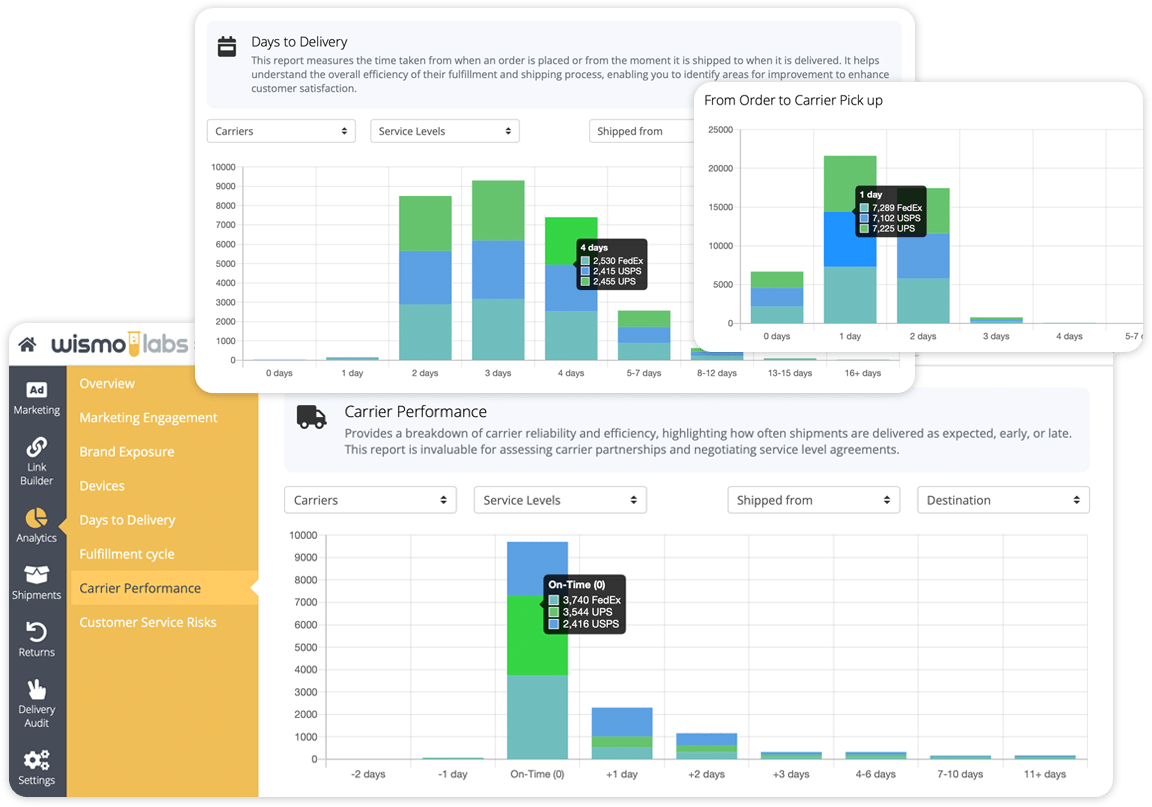
Key areas to focus on:
- Carrier performance analytics
- Fulfillment performance tracking
- Customer behavior insights
- Predictive analytics for potential shipping issues
- Cost optimization across different shipping options
Utilize customer analytics to gain valuable insights and improve your shipping strategies. Look for analytics platforms that offer easy-to-understand visualizations and actionable insights, enabling you to make data-driven decisions quickly and effectively.
4. Create Branded Tracking Pages
Transform your tracking pages into powerful marketing tools by creating branded experiences that reinforce your company’s identity and drive additional sales. Branded tracking pages offer a unique opportunity to engage with customers during the critical post-purchase phase.
These pages can do more than just display shipping information. They can showcase complementary products, offer loyalty program information, or even provide engaging content related to the purchased items. For instance, if a customer bought a camera, the tracking page could include photography tips or tutorials.
Branded tracking pages also provide an opportunity to gather valuable customer feedback. By including a brief survey or feedback form, you can gain insights into the customer’s experience and identify areas for improvement.
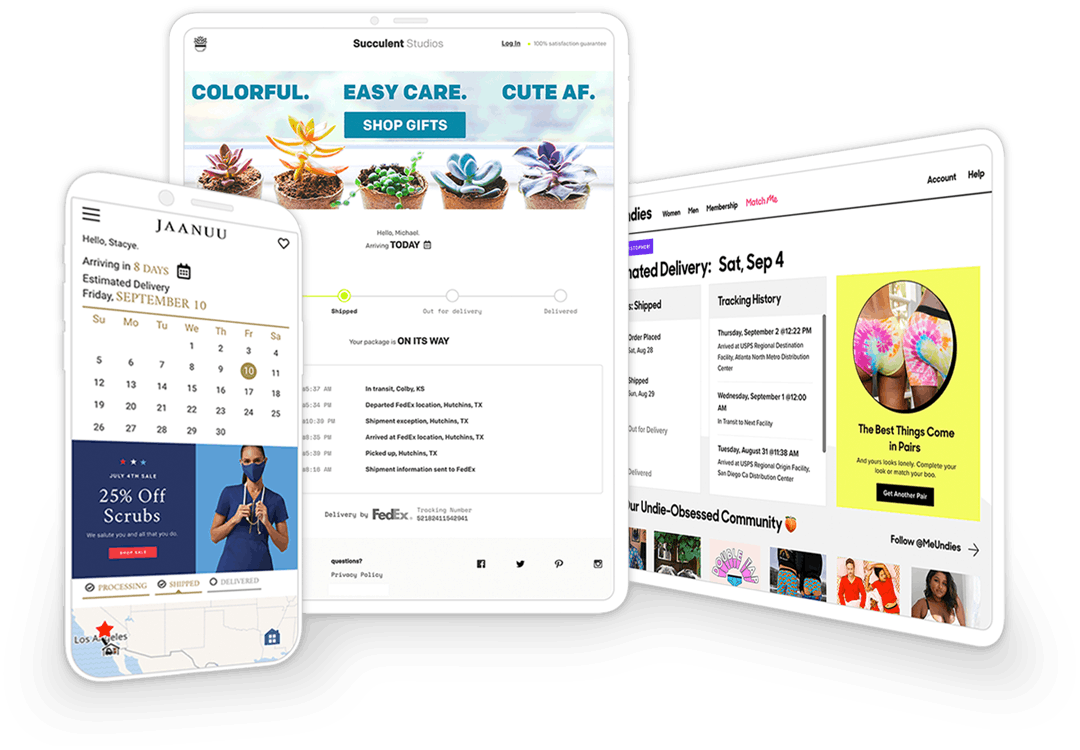
Benefits of branded tracking pages:
- Consistent brand messaging
- Personalized promotions and product recommendations
- Increased customer engagement and loyalty
- Opportunities for upselling and cross-selling
- Valuable platform for gathering customer feedback
Learn how to build brand loyalty through customized tracking experiences. Consider implementing a dynamic tracking page that adapts its content based on the customer’s purchase history and preferences, creating a truly personalized post-purchase experience.
5. Implement Proactive Risk Management Strategies
Anticipating and addressing potential shipping issues before they escalate is crucial for maintaining customer satisfaction. Implement proactive risk management strategies to stay ahead of problems and minimize their impact on the customer experience.
This approach involves using predictive analytics to identify orders that are at risk of delays or other issues. By flagging these orders early, you can take preemptive action, such as upgrading the shipping method or sending personalized communications to manage customer expectations.
Proactive risk management also includes developing contingency plans for common shipping issues, such as weather-related delays or carrier problems. Having these plans in place allows you to respond quickly and effectively when issues arise, minimizing their impact on customer satisfaction.
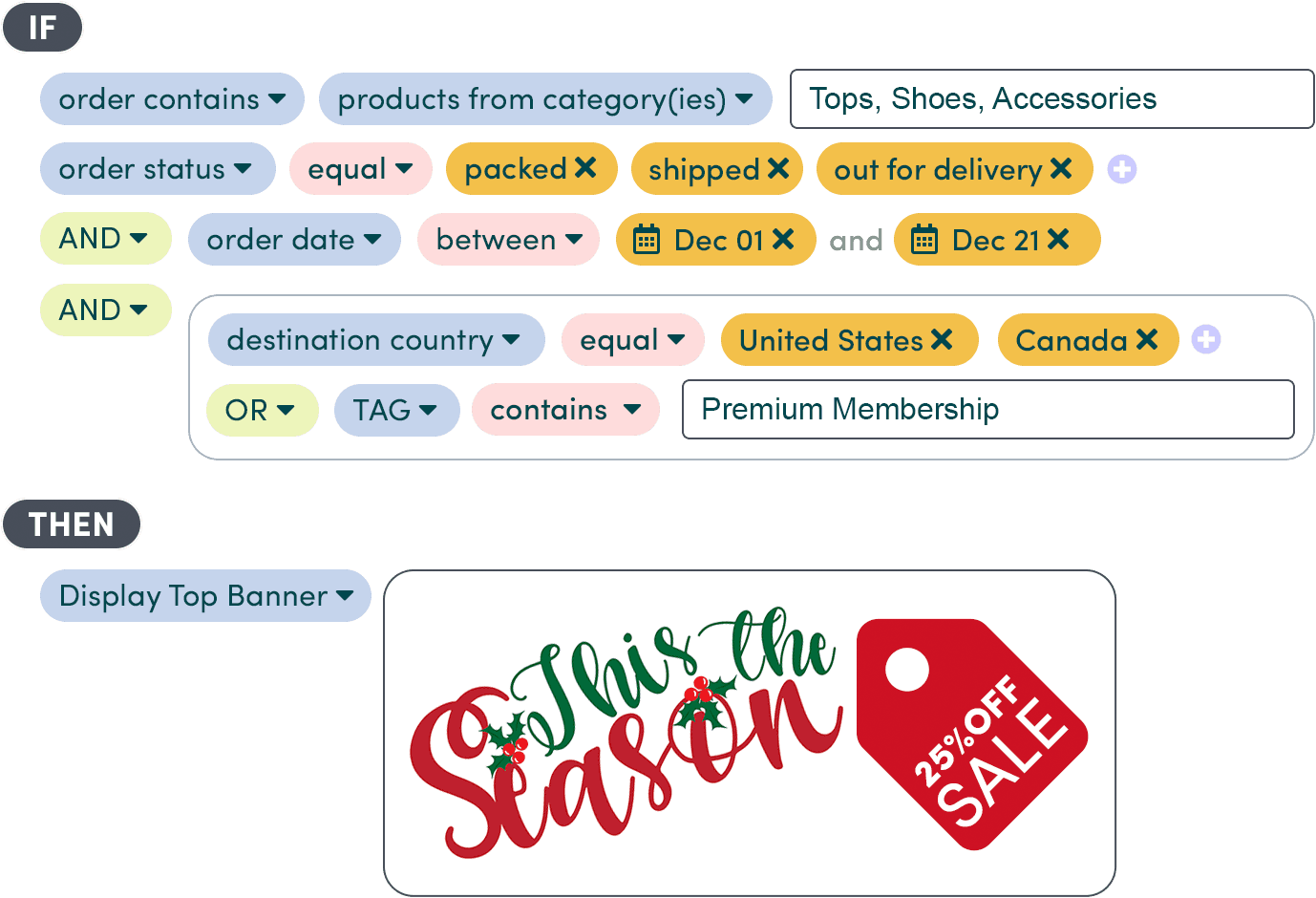
Key strategies:
- Identify and flag at-risk orders
- Set up automated notifications for potential delays
- Develop contingency plans for common shipping issues
- Use predictive analytics to anticipate and mitigate risks
- Implement real-time monitoring of shipping conditions and routes
Explore product features that can help you implement effective risk management strategies. Look for solutions that offer real-time monitoring capabilities and automated alert systems to help you stay on top of potential issues.
6. Integrate Shipment Tracking with Existing Business Systems
Seamless integration of your shipment tracking system with other business tools is essential for streamlined operations and improved efficiency. This integration allows for a unified view of customer interactions, order history, and shipping status, enabling your team to provide better service and make more informed decisions.
For example, integrating your tracking system with your CRM allows customer service representatives to access all relevant information about a customer’s order in one place. This can significantly reduce resolution times for customer inquiries and improve overall satisfaction.
Integration with your inventory management system can also help optimize stock levels based on shipping trends and demand forecasts, reducing the risk of stockouts or overstocking.
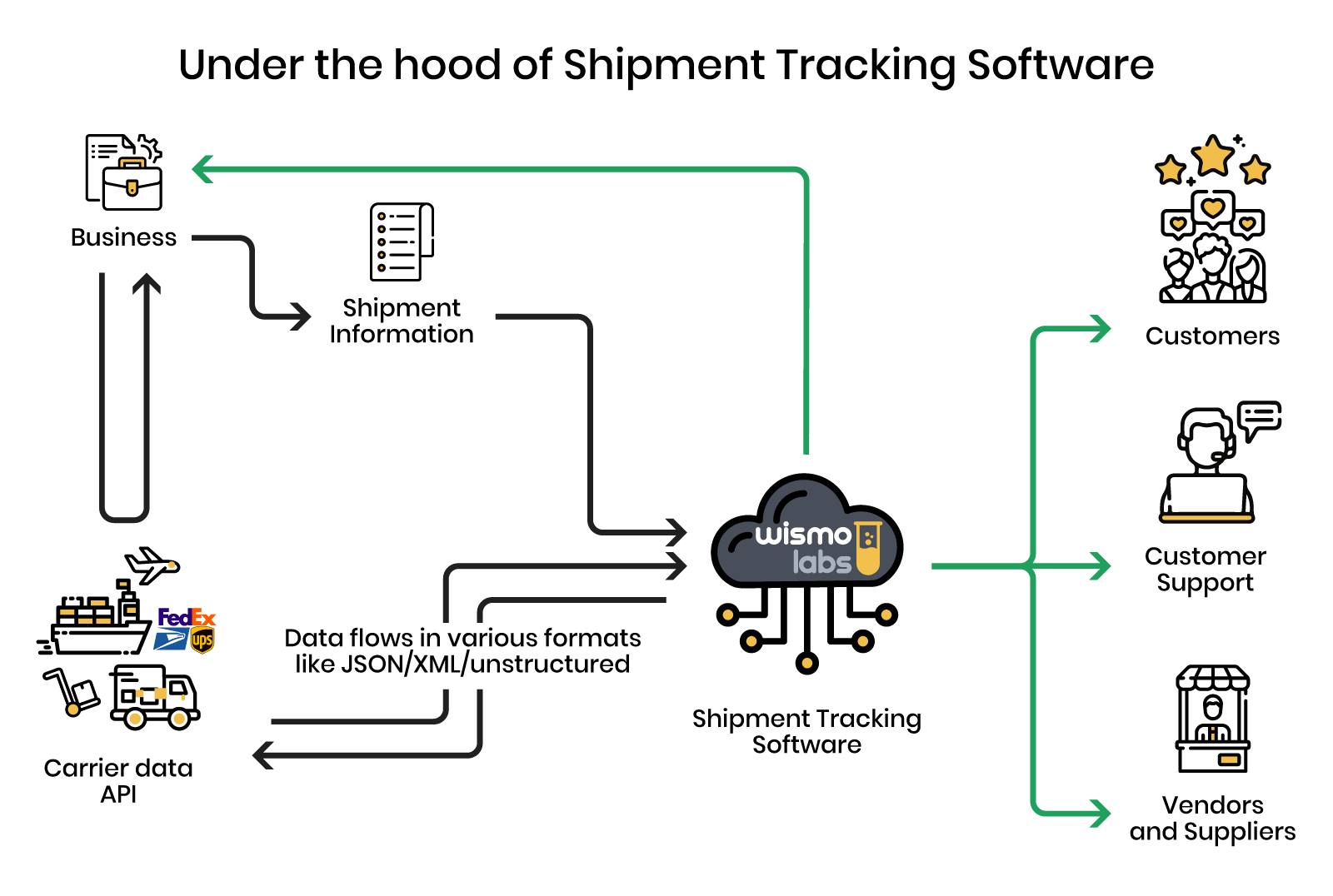
Benefits of system integration:
- Streamlined operations across different software solutions
- Improved data accuracy and consistency
- Enhanced overall efficiency in post-purchase logistics
- Better customer service through comprehensive order visibility
- Improved inventory management and demand forecasting
Check out available integrations to optimize your shipping communication workflow. Look for solutions that offer robust API capabilities and pre-built integrations with popular e-commerce platforms and business software.
Impact of Effective Shipping Communication
Conclusion
Implementing these 6 best practices for communication during shipping in 2024 will significantly enhance your customer experience and operational efficiency. From real-time tracking to proactive risk management, each strategy plays a crucial role in building a robust shipping communication system.
Remember, the key to success lies in choosing the right tools and solutions that align with your business needs. Consider exploring comprehensive platforms like WISMOlabs that offer a wide range of features to support these best practices.
By focusing on clear, proactive, and personalized communication throughout the shipping process, you’ll not only reduce customer inquiries but also build lasting relationships that drive repeat business and brand loyalty. In an increasingly competitive e-commerce landscape, exceptional shipping communication can be the differentiator that sets your business apart and keeps customers coming back for more.


